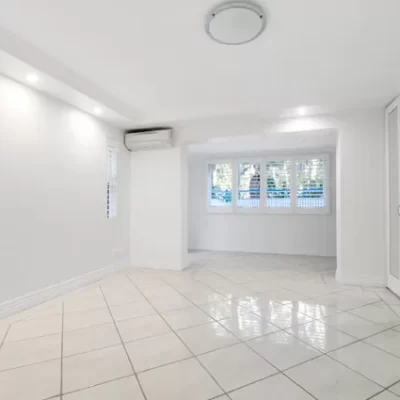Tile Installation

Tile Installation
Measure room.
Tile installation Before we begin , it’s important that we measure the room twice in several places. Use a tape measure for this task; it will make sure that your measurements are accurate and give you an idea of how much tile you will need for the job.
If you don’t have enough space on your walls for all of your tiles or if there aren’t enough grout lines between them (or both), then something might be wrong with either one or both measurements. We double-check the numbers before starting any work on the wall by measuring again,
Enough tile.
The first step to tile installation is making sure you have enough tile and grout. Depending on the size of your room, how much grout you want to use and whether or not there are any obstacles in the way (such as windows or doors), this can be more complicated than it sounds.
The easiest method for tile installation involves multiplying the length of one wall by its width. However, if there are unusual features such as windows or doors that obstruct certain areas of your room’s floor plan, then we use a calculator to make sure everything adds up properly before buying more than what’s necessary add about 10% to 15% extra for waste and cuts.
Decide on a pattern.
The design you choose can be simple or elaborate, depending on your budget for your tile installation and the look you’re going for. If you want to create a pattern with multiple tiles, there are many options available to you.
Tile subflooring.
If your new tile installation on top of a concrete slab, it is recommended that you add subflooring to the area. This will help protect the concrete from moisture damage and keep any moisture from seeping through to the floor below. You can use plywood or OSB (oriented strand board) for this purpose.
Install the first row.
For your new tile installation, we will need to lay them in a pattern. We use a variety of different patterns based on your preference and the size of your room. Making sure that each tile is level with one another so that it looks evenly spaced when you are finished with this step.
Cut tiles to fit.
Cutting tiles to fit the spaces between rows is a little more complicated. We use a tile cutter, which looks like a pizza cutter but has sharpened blades that cut through tile instead of cheese.
- Marking the edge of each row with a pencil and score it with your hammer. This means we’re going to hit it lightly enough that don’t crack or break any pieces yet hard enough for there to be an obvious line on the tile where it’s been scored.
Glue the tiles in place.
To glue the tiles in place, we use thinset mortar or grout sealer (depending on your tile installation and preference). Thinset mortar is stronger than grout sealer, but it’s harder to apply and requires more time to dry. Grout sealer is easier to apply and dries quickly, but it doesn’t offer as much strength as thinset mortar does.
Tile Conclusion
When you’re ready to begin your tile installation project, Call Us now…..
